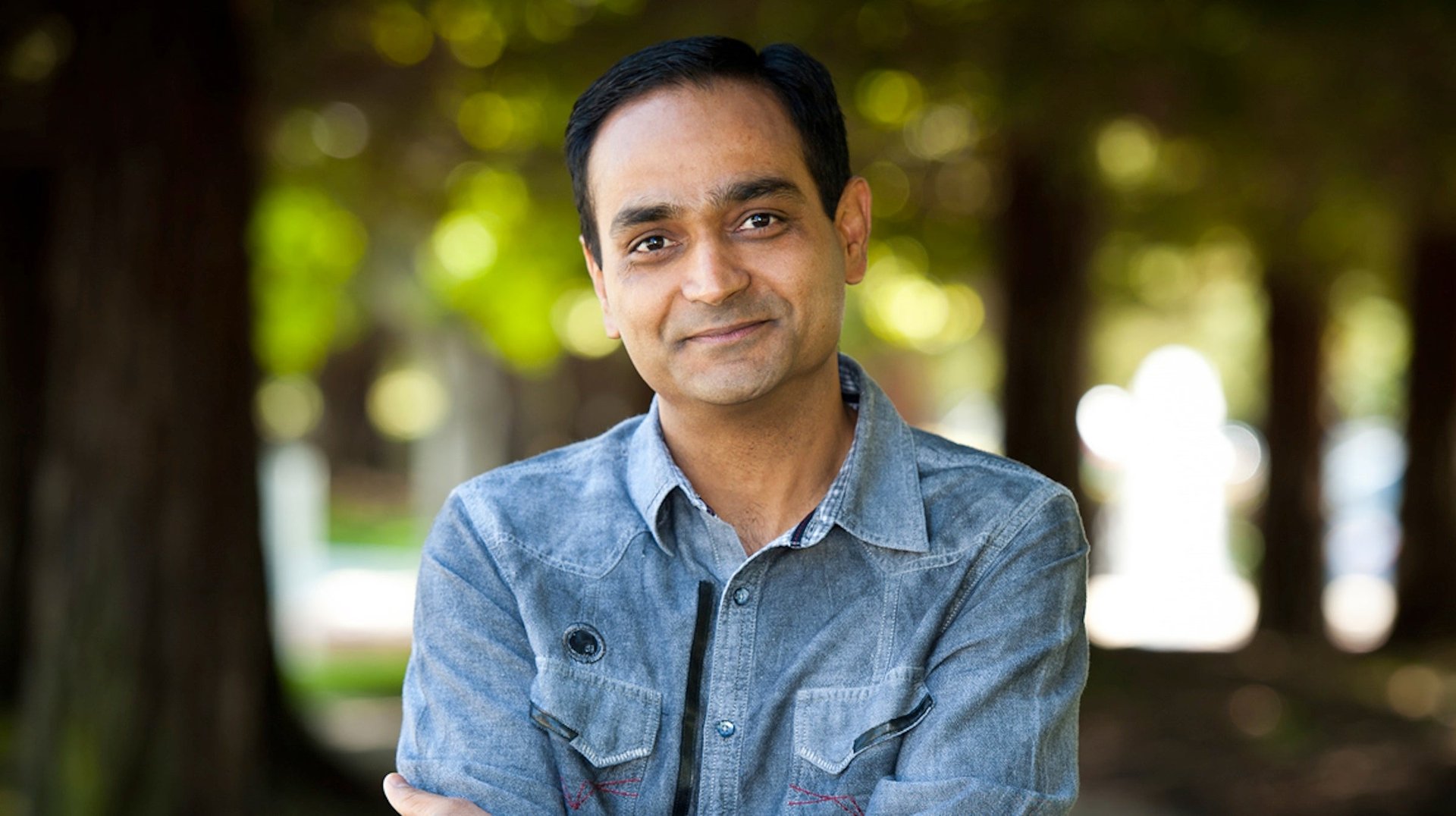Q&A with Google’s Avinash Kaushik: Marketing without shouting
Avinash Kaushik is Digital Marketing Evangelist at Google, and author of Web Analytics 2.0: The Art of Online Accountability and Science of Customer Centricity. He is a keynote speaker at this fall’s COLLOQUY Loyalty Summit.


Avinash Kaushik is Digital Marketing Evangelist at Google, and author of Web Analytics 2.0: The Art of Online Accountability and Science of Customer Centricity. He is a keynote speaker at this fall’s COLLOQUY Loyalty Summit.
Social media presents an opportunity for brands to connect with their most loyal customers, but the opportunity can be intimidating. This new form of “conversational marketing” is engaging consumers on a deeper, emotional level and introducing a new set of success metrics along with it that can help brands measure the value inherent in these conversations. We recently sat down to speak with Avinash to discuss how brands must interact in authentic ways with their customers, either outside or within loyalty programs, if they want to meaningfully impact the bottom line.
Q: What can loyalty programs learn from social media?
Avinash Kaushik: As is the case with shout marketing and TV, loyalty programs are going to have to change dramatically. It pains me deeply how non-intelligent and non-imaginative many loyalty programs are. Today, when I think of loyalty programs, I tend to think of them as operating-room antiseptic things. There’s no love, there’s no passion.
Instead, loyalty programs have the ability to change. They can move from being programs where once a month we send members an annoying email with the latest offers, to instead constantly engaging with our most loyal clients, in a day-to-day way that makes those clients’ lives better.
My loyalty programs have my attention maybe once a year when they send me a summary, but they could have my attention every other day. Social media is such a great way to say: Let’s create a community of our most loyal customers, or figure out how to move people to that level, but not by shouting or sending generic emails with offers. Loyalty programs should simply treat their most loyal member as human beings. This sounds like a quaint notion, but loyalty programs must figure out how they can treat their customers as members of an extended family.
Q: Do marketers understand the key metrics on social media?
AK: I don’t think so. One day last month, Vaseline had 1.2 million likes on its Facebook page. On that same day, my Facebook page had 11,600 likes. But if you look at the “Talking About This” (TAT) metric — you can see it for anybody on any page of Facebook — there is a huge difference. Around 1,800 people were talking about Vaseline. But on that day, 3,200 people were talking about me. More than 1,000 more people were talking about me than about Vaseline. How is that possible?
It’s primarily because on Facebook Vaseline shouts at people. I have conversations. I post something really interesting, nothing to do with promoting me or my book. The payoff of conversational marketing is that you persistently have a relationship with people that is impossible to achieve on any other channel.
Q: What mistakes do companies commonly make when establishing their social media presence?
AK: You need to know how to measure on social channels. My measurement framework examines metrics that serve as a check on suboptimal behavior. You must incentivize optimal behavior, so you don’t focus on meaningless metrics such as “likes.” You want to make sure your social activity has profitable results. It’s all about making money, but in a very smart way, and about moving people beyond a silly obsession with the number of followers or likes they have, which don’t show results.
The metaphor I use is that the likes or +1’s are like one-night-stands. My metrics show how things went on a second or third date. How many got engaged or married to your brand? In this case, polygamy is OK. One-night-stands might feel good, but when you wake up the next day, you have nothing.
—
We invite Quartz readers to join Avinash alongside leaders from Coca-Cola, Citibank, Hilton and more at the 2013 COLLOQUY Loyalty Summit from September 23-25 in Dallas.
Apply to attend before July 1st to save 25% off the conference fee.

This article is written by COLLOQUY and not by the Quartz editorial staff.